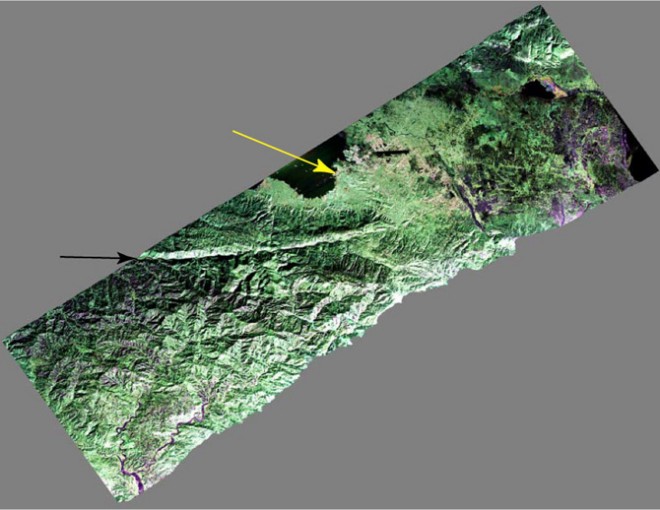I can only assume it’s a slow news day for this to be a headline: “Differing death tolls raise suspicions that no one really knows how many died in Haiti quake“. Of course nobody knows: the Haitian government was barely functioning even before the quake hit, and not at all afterwards. They had no accurate idea of how many people lived in the area beforehand, and they still haven’t been able to recover all the bodies. Any death toll estimates will be inaccurate, almost by definition:
Wildly conflicting death tolls from Haitian officials have raised suspicions that no one really knows how many people died in the Jan. 12 earthquake.
The only thing that seems certain is the death toll is one of the highest in a modern disaster.
A day after Communications Minister Marie-Laurence Jocelyn Lassegue raised the official death toll to 230,000, her office put out a statement Wednesday quoting President Rene Preval as saying 270,000 bodies had been hastily buried by the government following the earthquake.
A press officer withdrew the statement, saying there was an error, but then reissued it within minutes. Later Wednesday, the ministry said there was a typo in the figure — the number should have read 170,000.
Even that didn’t clear things up. In the late afternoon, Preval and Lassegue appeared together at the government’s temporary headquarters.
Preval, speaking English, told journalists there were 170,000 dead, apparently referring to the number of bodies contained in mass graves.
Lassegue interrupted him in French, giving a number lower than she had given the previous day: “No, no, the official number is 210,000.”
Preval dismissed her. “Oh, she doesn’t know what she’s talking about,” he said, again in English.
What is not in dispute is that the death toll was very high, and that even with all the disaster relief efforts from other countries, there will still be many more deaths in the quake’s aftermath. Food, water, and medical aid is still not reaching everyone. That fact reduces the importance of the squabble over macabre numbers to a little bit of political theatre.
Update, 24 February: Radio Netherlands is claiming that the death toll has been vastly over-estimated and thinks the number of casualties will be under 100,000:
Haiti has buried an estimated 52,000 victims since the earthquake on 12 January 2010. More bodies still lie under the rubble, but the total number of casualties will not surpass 100,000 — that’s according to observation and research on the ground in Haiti, carried out by Radio Netherlands Worldwide.
This number is considerably smaller than the number of 217,000 victims the Haitian government claims to have counted so far, and far fewer than the estimated final count of 300,000 mentioned by President René Préval just last Sunday.




